“There resided in the town of Mudkul a farmer, who was blessed with a daughter of such exquisite beauty, that the creator seemed to have united all his powers in making her perfect.”
Firishtah as quoted in Sewell et al. (2000).
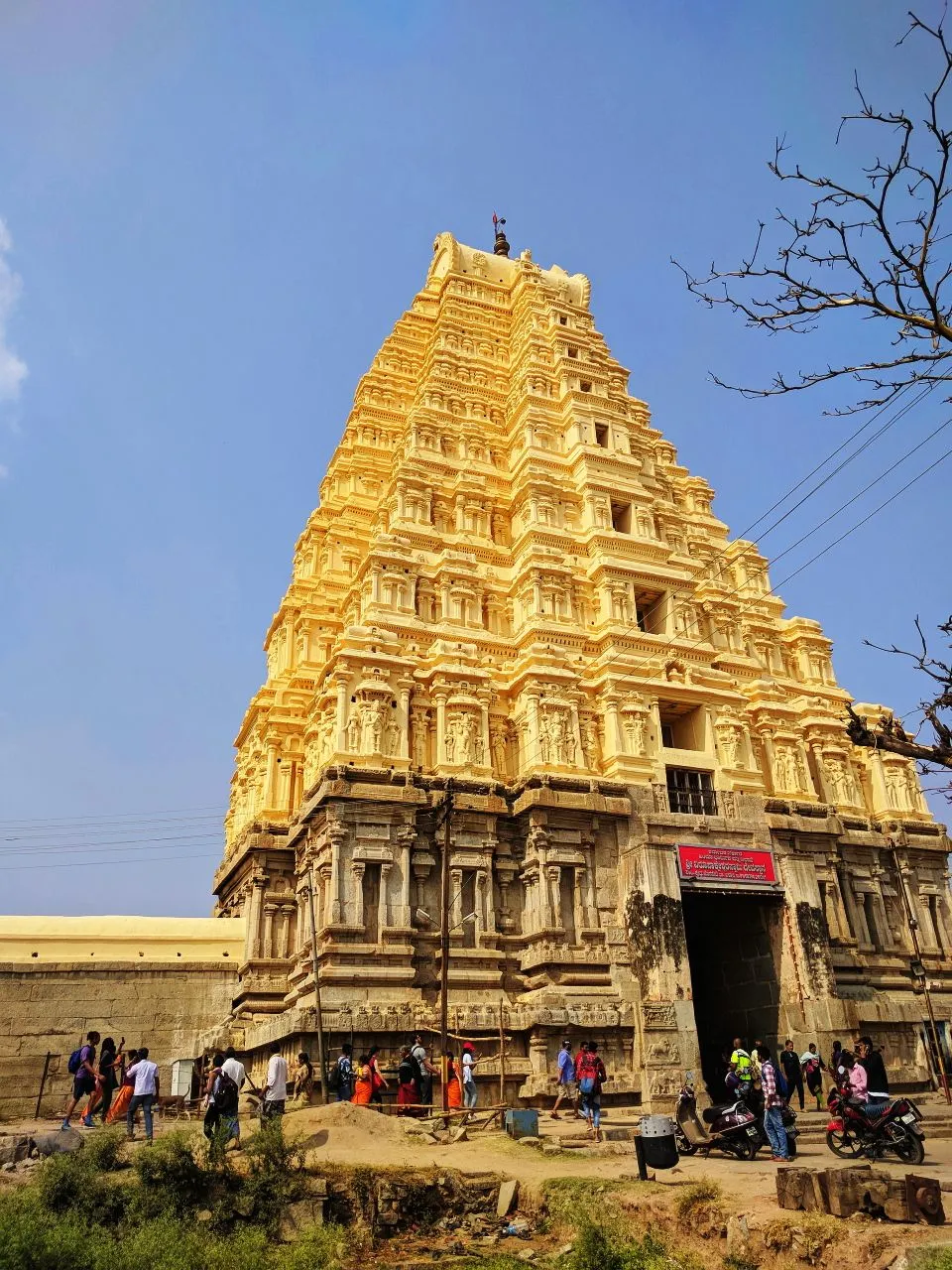
So begins the story of an amorous monarch, king of Vijayanagar, who fell madly in love with the farmer’s daughter. He committed himself to capturing the girl and adding her to his harem. He sent some emissaries and holy men, who with many gifts and praises, tried to woo the girl. It was tradition in those times for a monarch to place a golden jeweled necklace around a maiden so she could be wed and added to his harem. When the bramins attempted to place the necklace on this particular maiden, they could not do so because the distraught and feisty girl simply refused to wear it, much to the consternation of her parents, who were forced to turn away the king’s generous overtures. Upon hearing of this rejection, the monarch was enraged, and mad with love (or wounded pride), he gathered his army and marched to the village. The scheme was dangerous because the village lay outside his dominion. When he arrived there, the villagers (including the girl and her family) had fled. To make matters worse, his troops looted villages along the way, leading to battles that resulted in 2,000 soldiers slain and a broader regional conflict that shaped the history of the Vijayanagar empire.
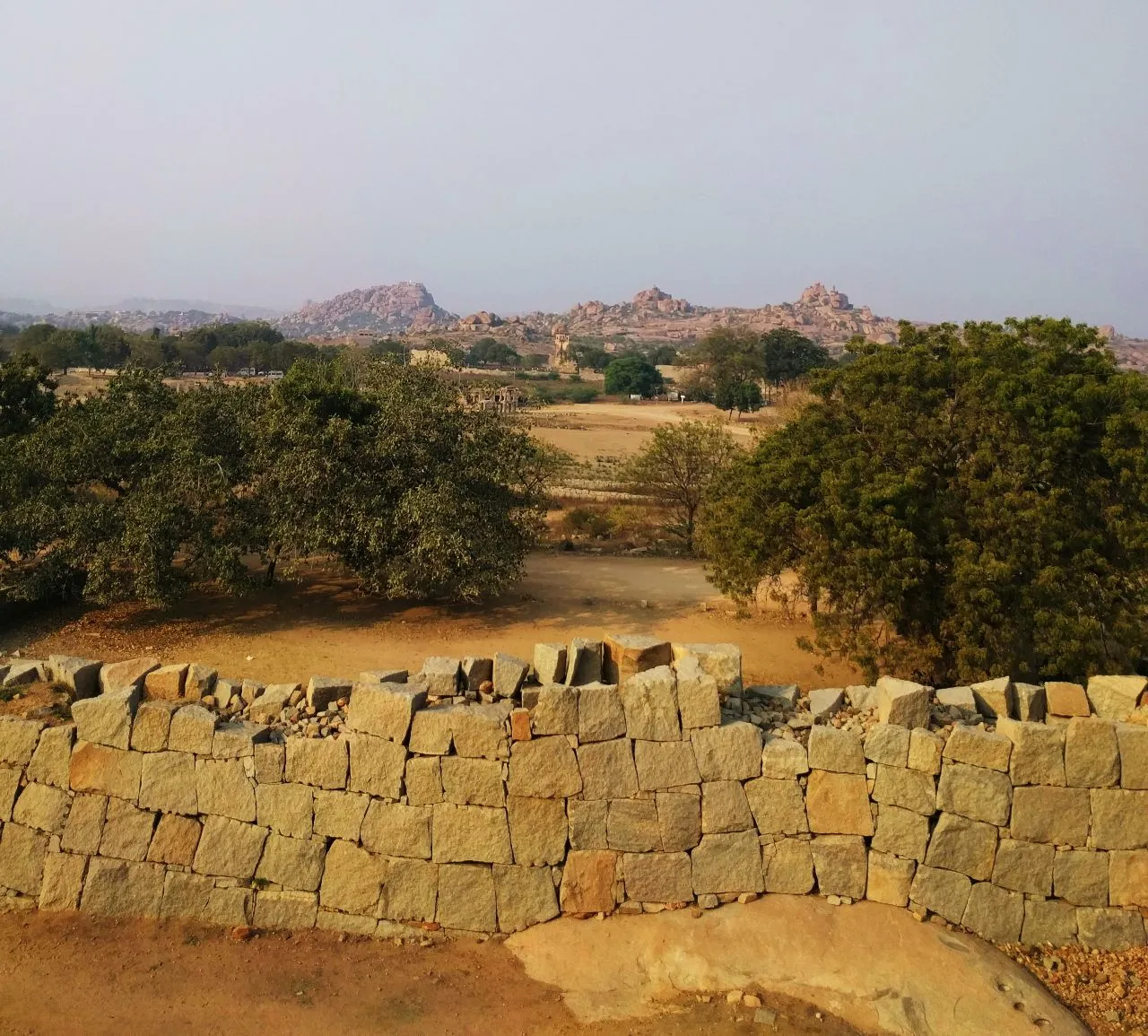
The Vijayanagar empire grew on the banks of the Tungabhadra River and was one of the most amazing empires that world has ever known. Yet the world knows so little about it. I have to admit that prior to embarking on this journey to India, I had no idea Hampi even existed or why it was such an important site. I decided to go in with a fresh pair of eyes, so I did not do much research. I did bring a book by Sewell et al. (2000), which discusses the history of this empire, but I barely had any time to read the first few chapters. Nevertheless, reading those few chapters was enough to fire up my imagination and visualize an ancient land that bloomed once upon a time.
Bianca and I stood in front of the ancient ruins, marveling at the sight before us. There were voices speaking in the local languages, crowds of families streaming towards the major complex jutting up in the distance.
“Nice cards! Nice cards!” the young vendor approached us as we were admiring a structure that looked like an open air gallery with various stone columns.
"Madam, nice cards for you."
Bianca smiled at him and shook her head.
The vendor insisted.
“No, thank you,” Bianca said.
I walked towards the stone structures with wide eyes and began to climb the stone steps. How many countless others had beheld this amazing ancient stonework? It didn’t matter. It felt as if I was the very first one.
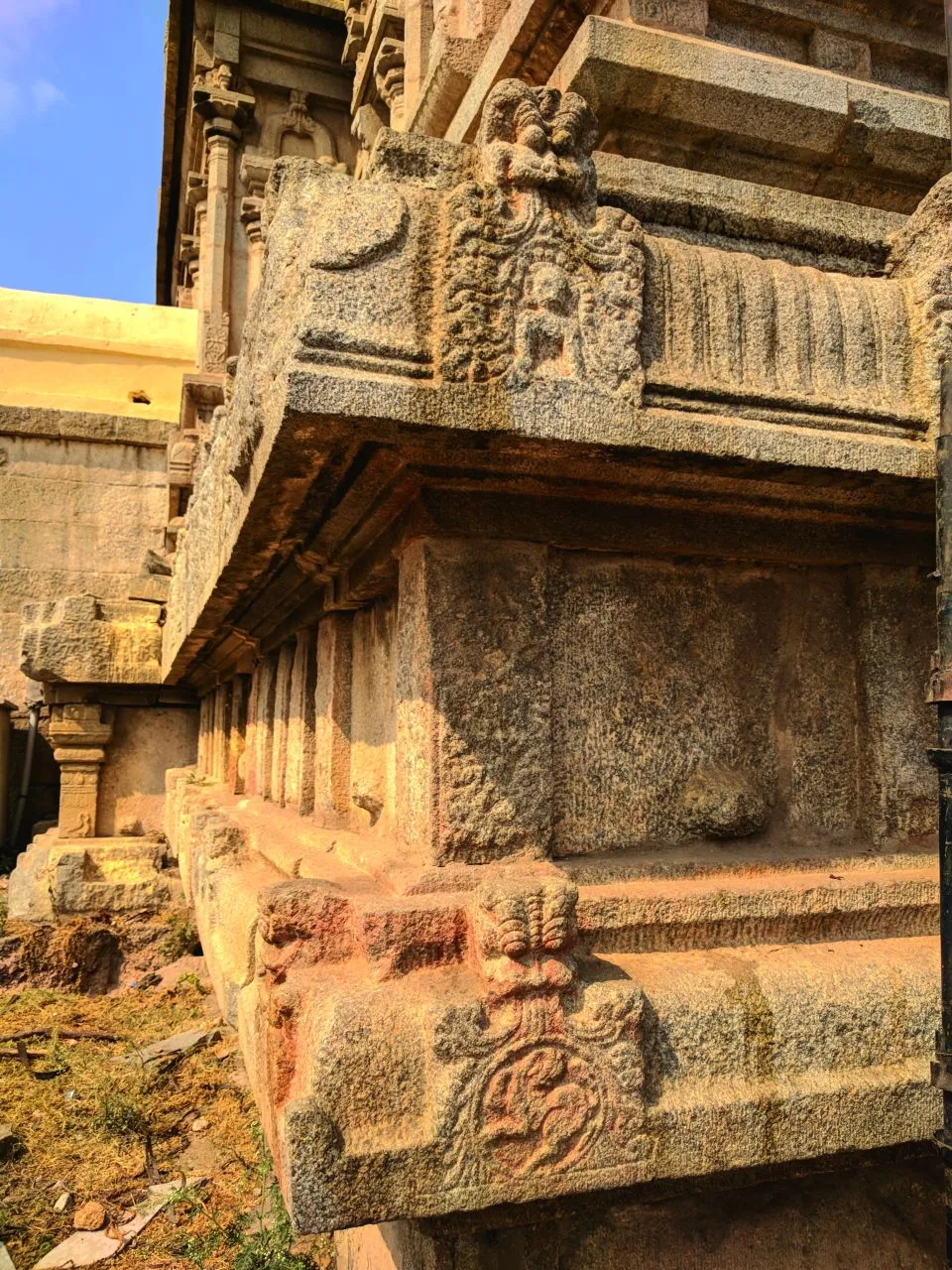
These carvings show mythic beings whose names I cannot recall.
“No, you cannot go,” said the vendor when he saw me begin to climb the steps.
I stopped, confused. Peering through the dark sanctum, I saw a man inside, kneeling or sitting on the floor. His shadow cast by glowing sunlight upon the far wall.
“People pray,” the vendor explained.
“Ah!” I said, finally grasping the situation.
I turned to Bianca. “There is someone in there performing some kind of religious ritual.”
We both looked at each other. Perhaps thinking the same thing.
“They worship in the ruins,” I said. “Fascinating!”
I later learned that the Virupaksha temple is one of the few ancient temples that is still actively used by the faithful. So many locals make the trip there with a few tourists peppered in the mix.
“Nice cards for you, madam,” the vendor was still trailing us as we moved through the streaming crowds.
We made it clear, we were not interested in buying his goods, but he would take no for an answer. I said no in different inflections, but he was still pursuing us. I realized there was some kind of cultural code that neither one of us understood. I did not understand his, and he did not understand mine.
“Tour!” someone else shouted and came up to us.
“No, no tour. Thank you,” I said.
He also started following us along with the card vendor.
We headed into a courtyard near the entrance to the main temple grounds, where there were several guards keeping an eye on things. The two eager entrepreneurs quickly took their leave.
We followed the flow of the crowd in this courtyard to an area where people were taking off or putting on their shoes. The temple is considered sacred ground, so no shoes must be worn inside. For a few rupees, it was possible to store the shoes for later retrieval. There was also a fee for photography, and I definitely paid for that one.
Looking around me, I marveled at the structures looming above me. These temples use repeating motifs that look like fractals. So, it’s easy to get lost in so many details. But as I scanned the edifice, my eyes fell on some eye-catching details.
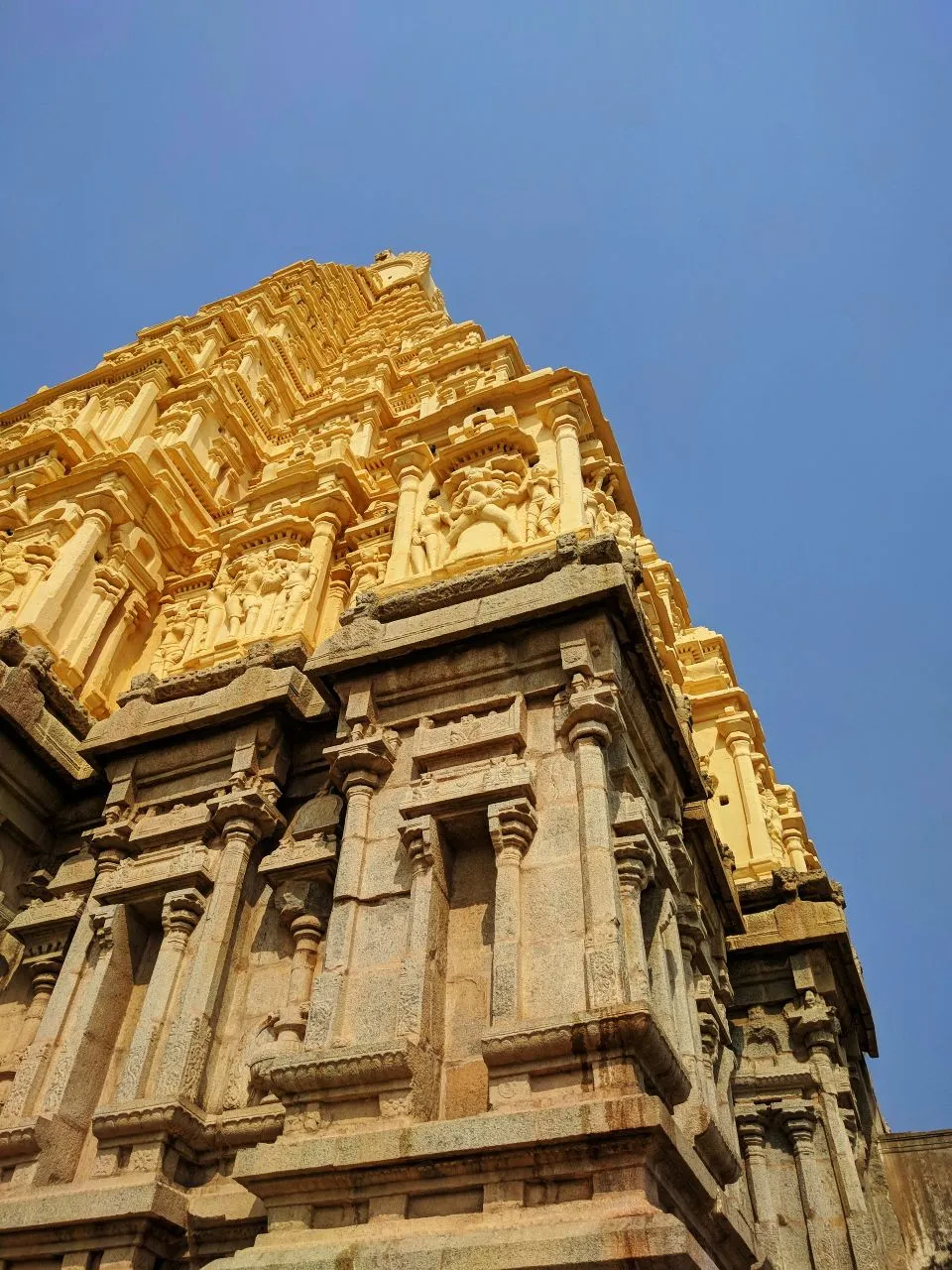
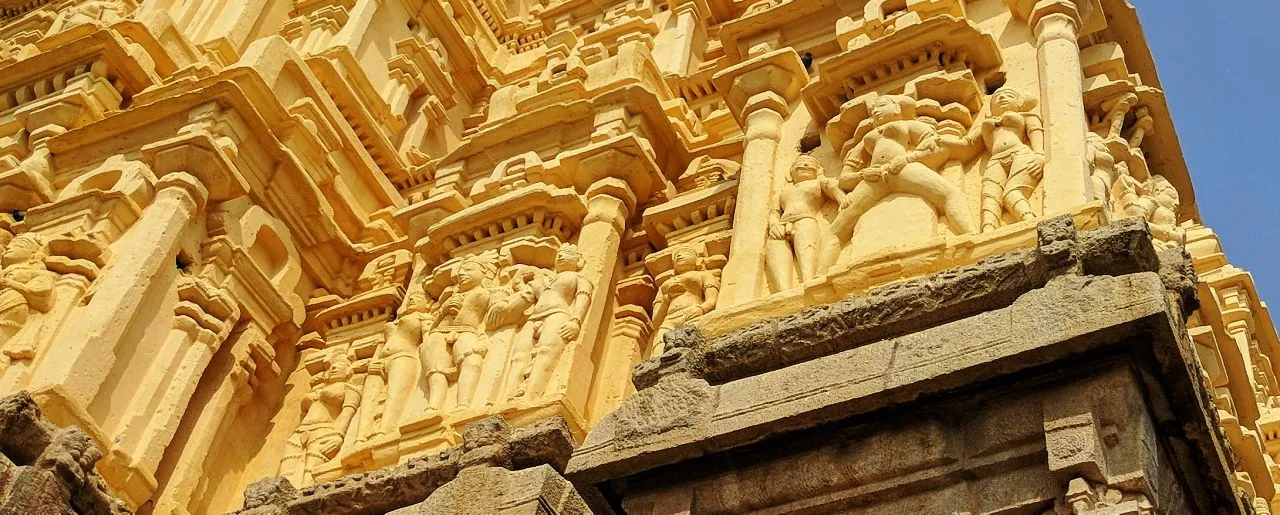
I am familiar with the erotic temples of India, such as those found in the fabled realm of Karujaho, so it did not surprise me to find such details in this temple. I was immensely delighted.

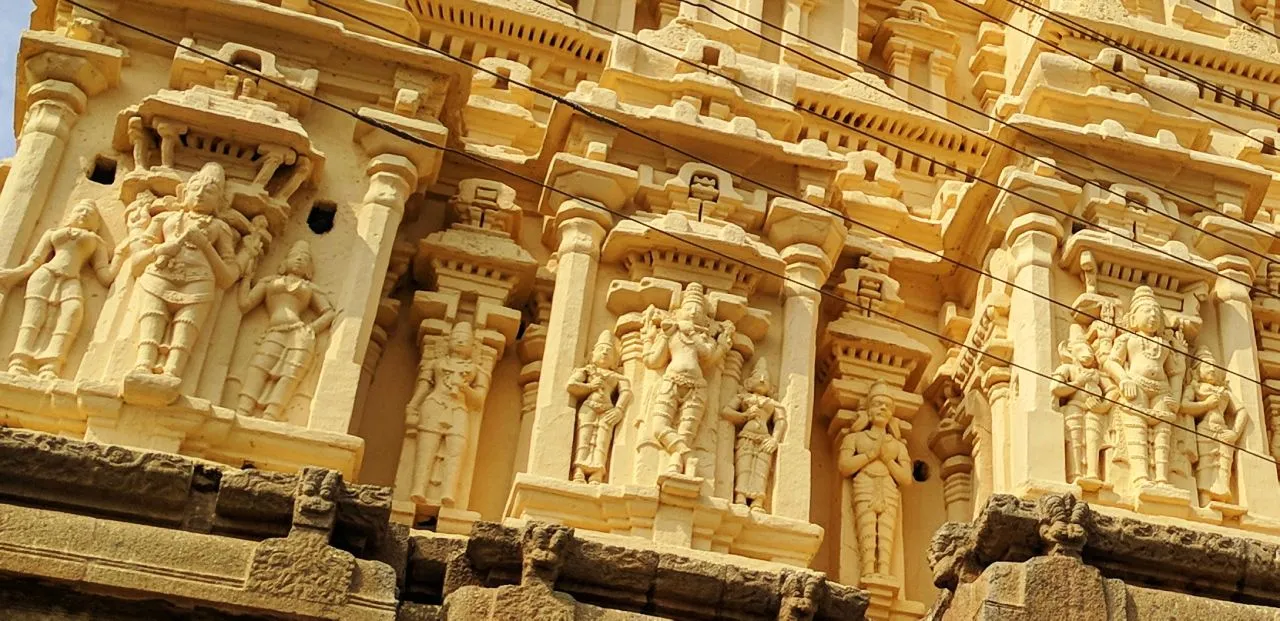
I leaned over and whispered into Bianca’s ear, bringing her attention to the sinuous details.
She looked up, and then her eyes widened. Her lips parted and her cheeks flushed.
“Think of it!” I said excitedly. “Imagine living back then in those olden days. All throughout the day, you encounter these sensual images. At night, the light flickering on the bodies, posing in delightful ways. Their shadows dancing. Throbbing. The whole temple alive in sensual glory. Music. Incense. Then you're supposed to go home, and act as if it's business as usual? What kind of culture was this that glorified human joy, beauty, and sensuality? Our western culture can barely stand a billboard with a girl in a bikini, and here we have this culture that openly celebrated the human form without restraint. Centuries ago!”
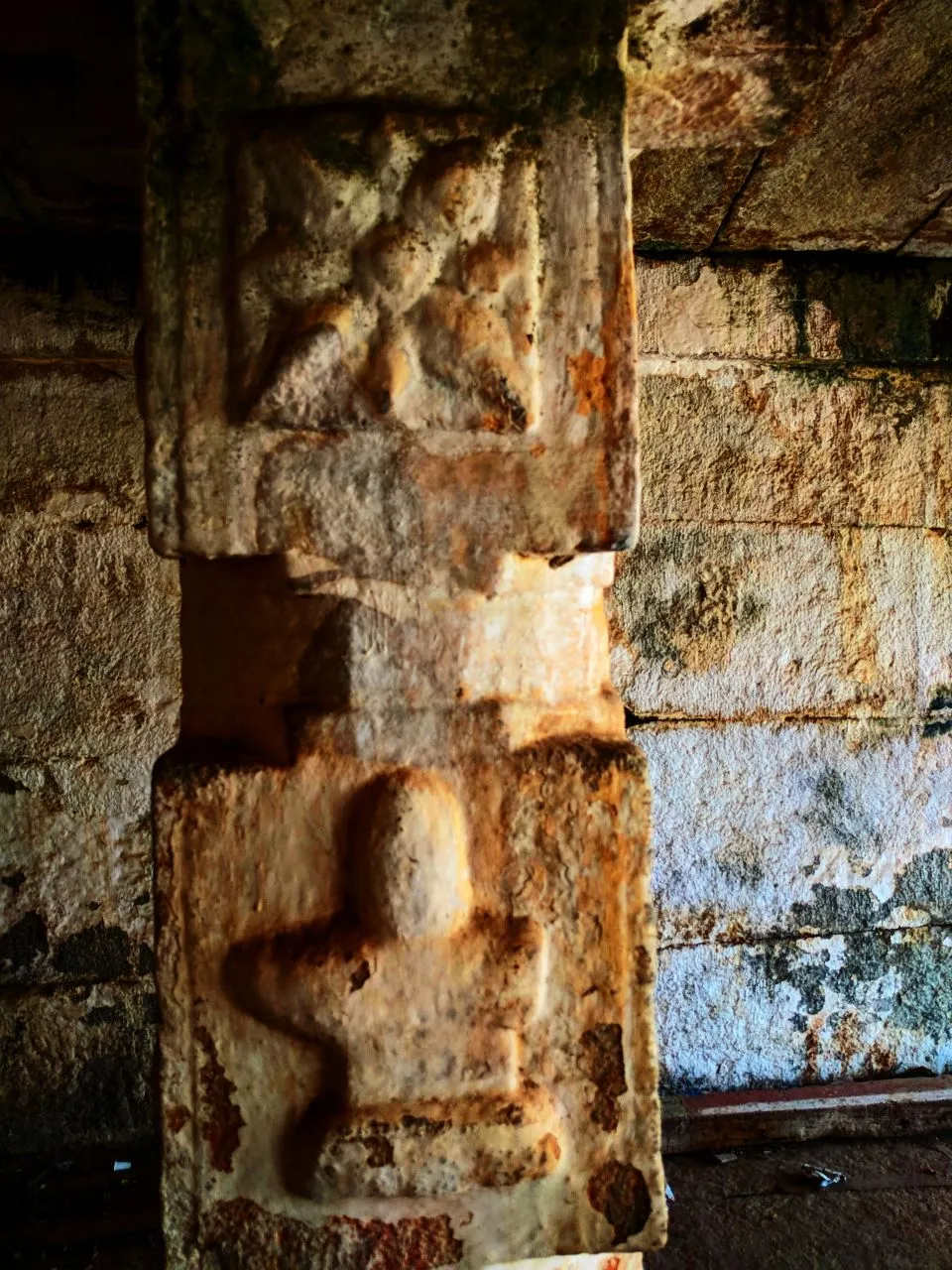
Shiva Lingam and flower motif
I was transfixed by the temple and could only imagine the impression that it must’ve made on visitors back then when it was still painted, and its colours shone with the vibrancy of life. The way I understand it, most of the temples were destroyed by invading armies, so we can only imagine what the empire must’ve been like in its heyday, when the temples rose above the land.
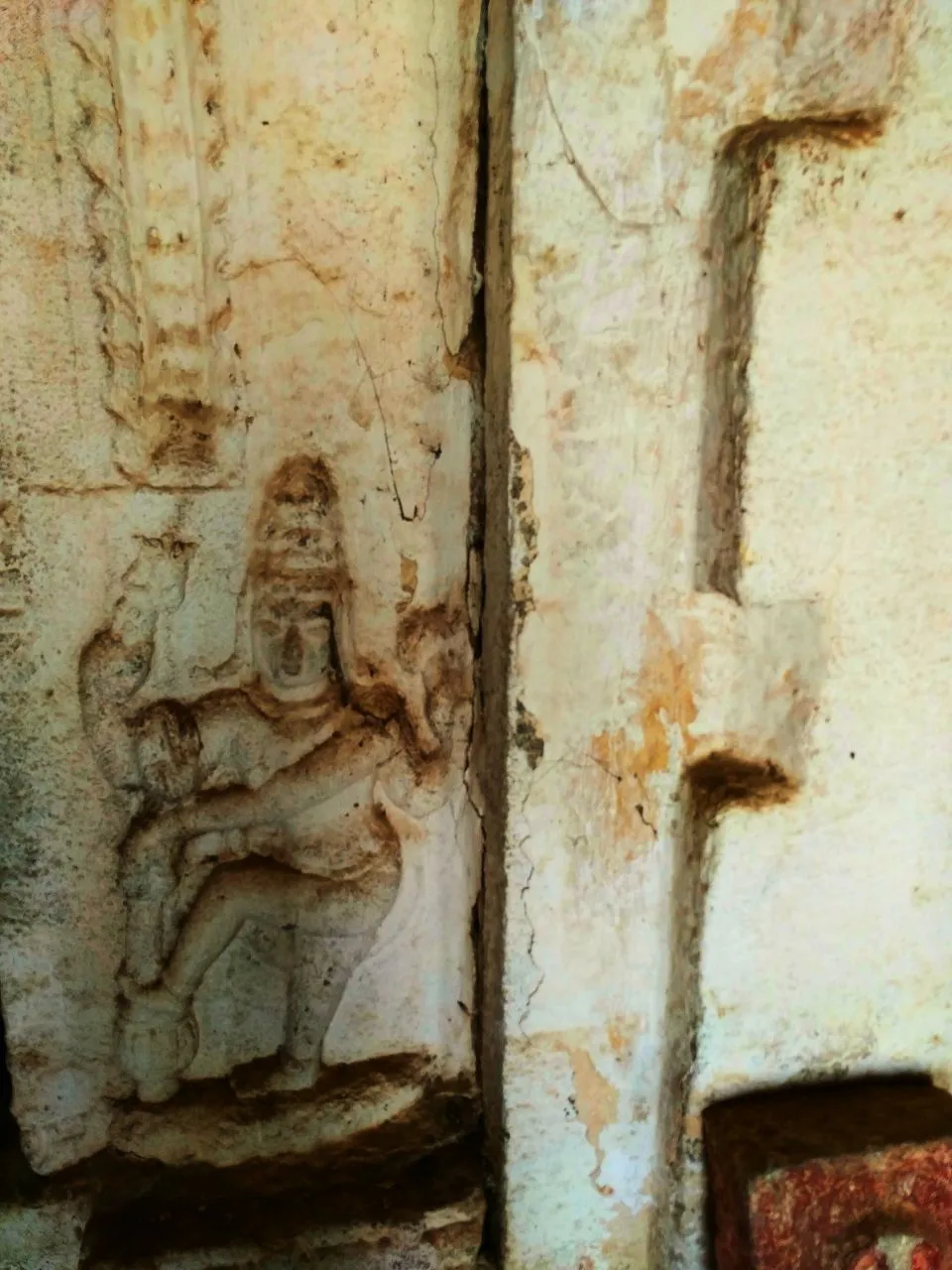
Notice the hand pointing at the foot above the ground
I haven’t come across any scholarly work that discusses this highly sensual aspect of ancient Indian architecture. It is meant to turn on and arouse the senses. I’m not just talking about sculptures of naked people and deities. There is much more beyond those ancient gates of wonder.
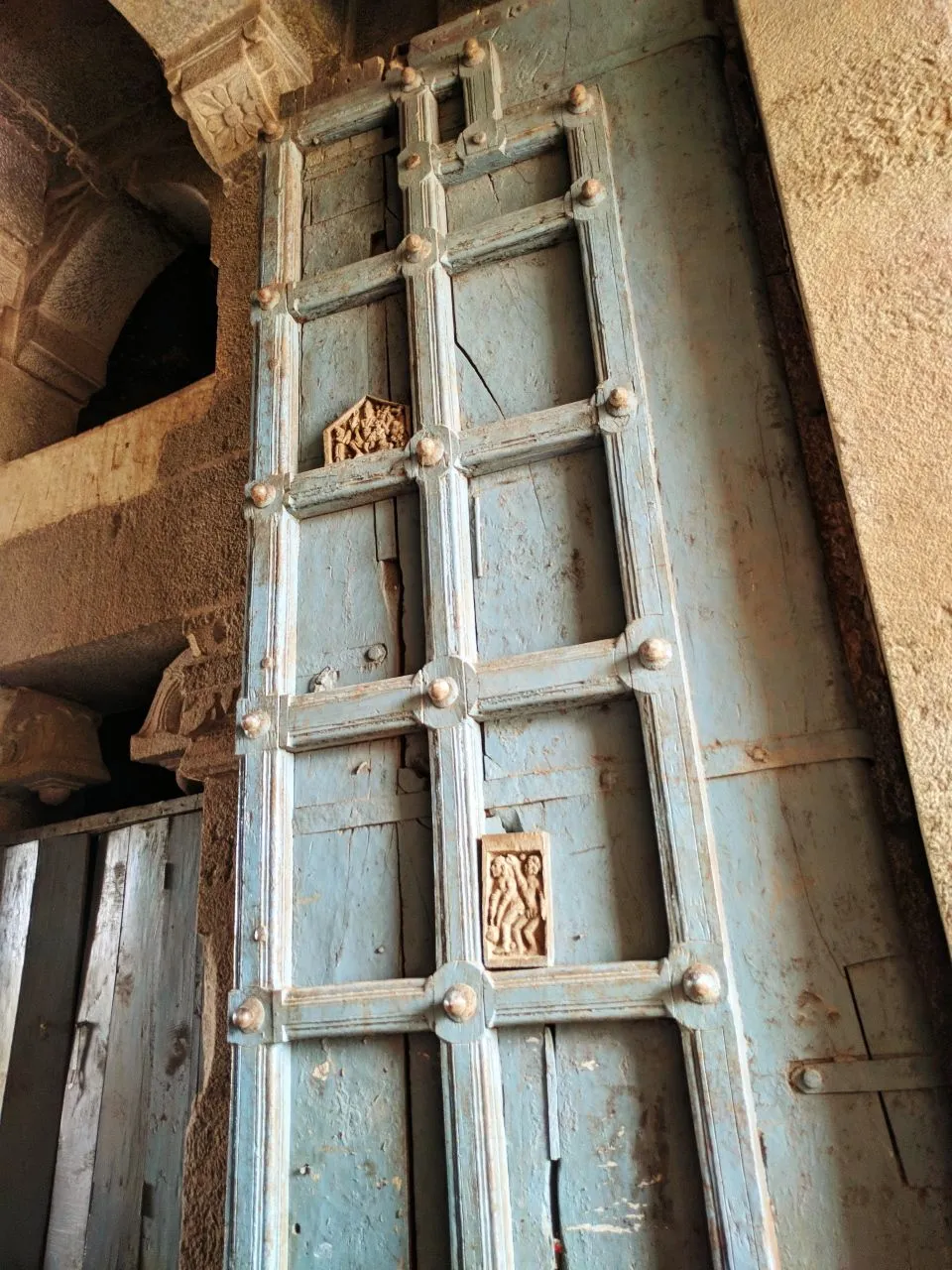
Sources
Sewell, Robert, Fernão Nunes, and Domingos Paes. 2000. A Forgotten Empire (Vijayanagar): A Contribution to the History of India. Asian Educational Services.
Vijayanagara Empire wikipedia page
https://en.wikipedia.org/wiki/Vijayanagara_Empire
The Virupaksha temple on Wikipedia: https://en.wikipedia.org/wiki/Virupaksha_Temple,_Hampi
Dive into another section:
1.1, 1.2, 1.3, 1.4, 2.1, 2.2, 2.3, 2.4, 3, 4.1, 4.2, 4.3, 5.1, 5.2, 6.1, 6-8, 9, 10, 11.1, 11.2, 11.3
